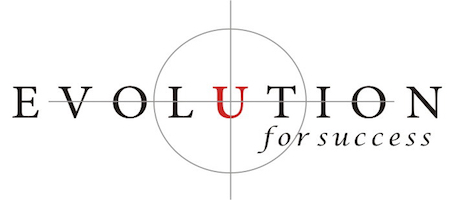Does Wim Hof Breathing Increase Alertness in the Morning? I’m Testing It Out!
Need a little caffeine-free boost in the morning? Using the Wim Hof breathing technique is supposed to quickly increase your energy, elevate your mood, and help you be ready for whatever life throws at you.
Your mood affects your physiology —how you sit, how you breathe, how you hold your shoulders…– but it’s a two way street. Your physiology *also* affects how you feel. Just like a walk or a good workout can radically alter your mood, changing your breath pattern, even for a few minutes, alters your body chemistry and your emotional state.
When it comes to feeling alive and energized, a lot has been said and written lately about the Wim Hof method. And for good reasons. While breathing techniques are ancient, the scientific study of breath is still in its infancy, and Hof has been very willing to have science take a closer look at his method. He contends that by committing to a consistent practice of a combination of meditation, Wim Hof Breathing, and cold exposure, you can change your mind and body —particularly your energy level, stress response and immune system response.
The breathing portion of his method goes something like this: While sitting comfortably or laying down, take 30 to 40 quick, deep breaths, inhaling through your nose and exhaling through your mouth. Then, breathe in deep, breathe out and hold until you need to breathe (30 seconds or more). Inhale again, as deep as you can, and hold it for 10 to 15 seconds. Repeat the sequence 3 times.
A 2014 dutch study lends scientific credibility to Hof’s claims and adds credence to the idea that conscious breathing can allow us to influence deeper processes in our bodies, and more recent studies seem to have confirmed that you can control your autonomic nervous system, alleviate arthritis, and even cause a shift in your metabolism which strengthens the immune system. Anecdotally, many people have found clear health benefits from adopting a regular practice of his method.
Ultimately, you will have to decide for yourself if this breathing practice (or the whole method) is effective in your own life, but the initial science is compelling so far. I have started incorporating this type of hyper-oxygenated breathing as part of my morning routine and I have found it tremendously effective at quickly increasing both my physical energy and my mental alertness. The adrenaline boost you get from this type of breathing, is paradoxically accompanied by a great sense of calm. That makes it a great precursor to meditation and it’s a fantastic way to set myself up for a productive day.
Since it’s best done on an empty stomach, after getting a few minutes of sunlight, hydrating, and reading for a few minutes, I move on to the Wim Hof breathing. I follow that up with a quick meditation to set my intentions for the day and clear any head trash and negative emotions likely to hold me back, and I’m ready to take on the day.
If you decide to try it, I suggest checking out this beginner’s tutorial from Wim Hof himself first. If you find it effective at boosting your energy, the app is a good option.
One word of caution worth mentioning: some breathwork experts like Patrick McKeown, author of The Oxygen Advantage, warn that this type of Hyper oxygenated breathing is not for everybody. Because you are off-loading a tremendous amount of CO2 over those few minutes, your urge to breathe will be greatly diminished during the long hold, and you should never do it near any bodies of water for instance. Use caution and common sense.
Whether you choose to try out Wim Hof Breathing or not, breathing exercises in general can help you quickly shift your state by shifting your physiology. Some practices will help increase your state of arousal a bit by upping your adrenaline. Others will help lower anxiety and stress levels by downshifting your heart rate. You can play with those exercises and use them as quick tools to change your emotional state. Like any tool, you should incorporate it for at least a few weeks to experience the benefits instead of trying it just once.
Mood follows action.
You have control over these physiological levers in your daily life. Don’t be shy. Try them!

